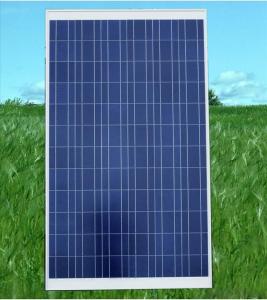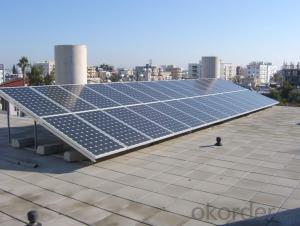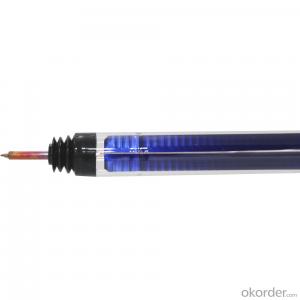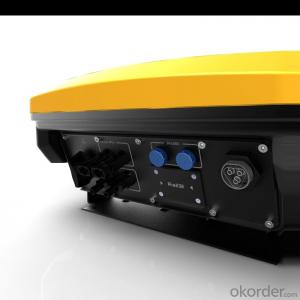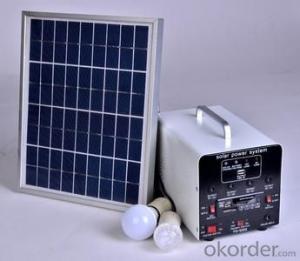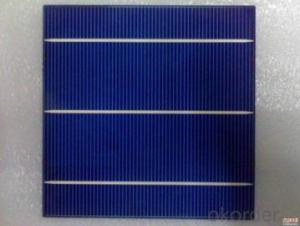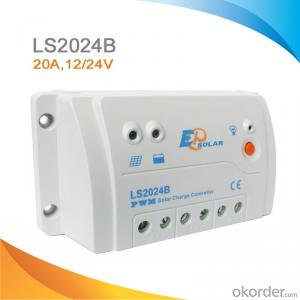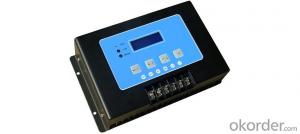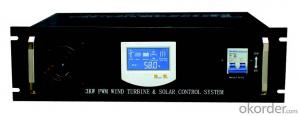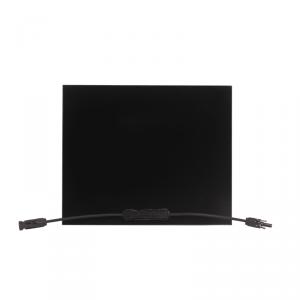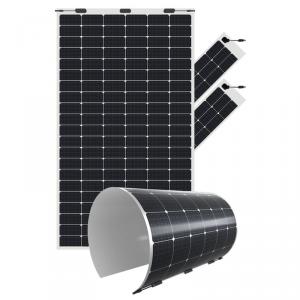Pcs Solar Inverter
Pcs Solar Inverter Related Searches
Solar Pcu Inverter Cps Solar Inverter Solar Inverter Pcb Kit Power Solar Inverter Pv Solar Inverter Solar Inverter Pcb Board Pwm Solar Inverter Solar Pv Inverter Solar Hybrid Pcu Inverter Apc Solar Inverter Power Inverter Solar Eps Solar Inverter Portable Solar Inverter Panel Solar Inverter Portable Solar Power Inverter Sps Solar Inverter Pv Powered Solar Inverter Bp Solar Inverter Solar Charge Inverter Pv3500 Solar Inverter Portable Solar Panel Inverter Power Inverter Solar Panel Solar Dc Inverter Power Inverter Solar Panels Inverter Solar Cell Inverter Power Solar Polycab Solar Inverter Inverter Solar Solar Inverter Pcb Layout Solar Solar InverterPcs Solar Inverter Supplier & Manufacturer from China
Pcs Solar Inverter is a crucial component in the solar power system, responsible for converting the direct current (DC) generated by solar panels into alternating current (AC) that can be utilized by homes and businesses. This product plays a vital role in ensuring the efficient operation of solar energy systems, making it an essential part of the renewable energy industry.The Pcs Solar Inverter is widely used in various applications, including residential, commercial, and industrial settings. It is particularly beneficial in areas where access to traditional power sources may be limited or unreliable, providing a sustainable and eco-friendly alternative. By converting solar energy into usable power, these inverters contribute significantly to reducing carbon emissions and promoting clean energy solutions.
Okorder.com is a leading wholesale supplier of Pcs Solar Inverters, offering a vast inventory of high-quality products to cater to the growing demand for solar energy solutions. With a commitment to excellence and customer satisfaction, Okorder.com ensures that customers receive reliable and efficient solar inverters at competitive prices, making it a go-to source for businesses and individuals looking to invest in renewable energy technology.
Hot Products
